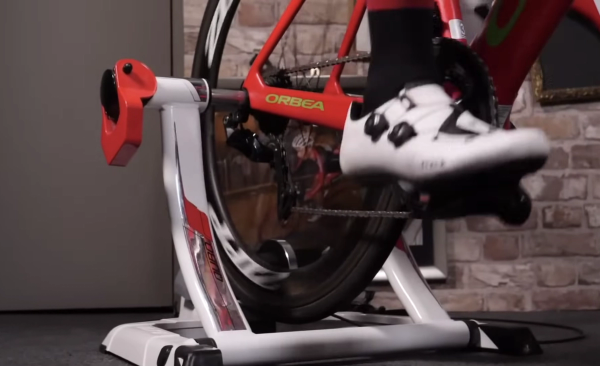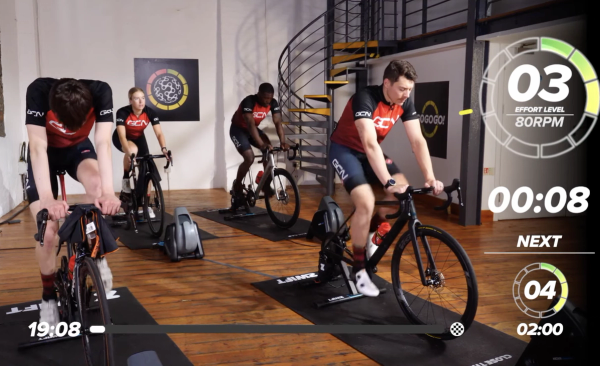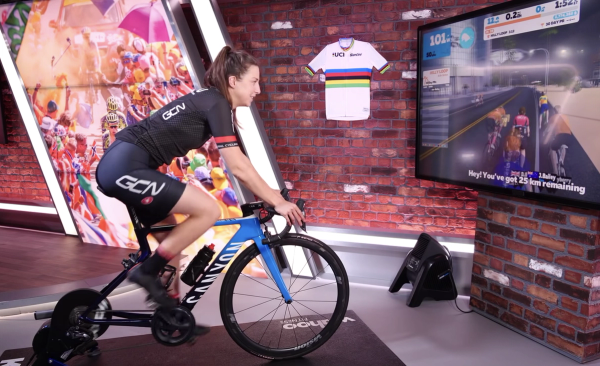How to get started with indoor cycling training
Everything you need to know to get set up and riding indoors
James Howell-Jones
Junior Writer
Indoor training offers a number of benefits over training outdoors - it's really time-efficient, you can fit it around the rest of your life, and you can train in a way you just can't out on the road.
Then, of course, there's the weather. Cyclists from northern climes will be thrilled to hear that it doesn't tend to rain indoors, which is why turbo trainers have become a popular way to train whenever there's inclement weather throughout the year.
To make the most of the indoor training sessions and to maximise your fitness gains and enjoyment, it's important to have the right indoor cycling set-up.
Here's everything you'll need to start turbo training.

Choose the right turbo or smart trainer
The easiest thing to do is use your normal bike and connect it to a turbo trainer. Some of these work by clamping the wheel in place, and others, like the Wahoo Kickr, have a flywheel that attaches directly to your bike in place of your rear wheel.
There are three main types of turbo trainer. The cheapest use wind resistance, then there's magnetic resistance, and finally at the high end, there's fluid resistance, which will be quieter and offer the greatest resistance control.

Complete your indoor cycling set-up with essential acessories
Once you've got your bike and your new indoor trainer, attach your bike and raise the front wheel off the ground to make the bike level. A chunky book or catalogue should do the job.
Then, lay something under the bike to catch your sweat and protect the floor. You can get something purpose-built, but a yoga mat or towel should be fine.
Finally, consider using a fan to cool you as you workout on your bike - or multiple for maximum cooling effect. You can get really hot cycling indoors, since there's no breeze cooling you as you ride.

Entertain yourself
If you just jump on your bike and start pedalling, you're going to be bored to tears after a minute or so. Some people like to watch the TV while riding, but we think a more structured approach is better.
We'd suggest following a structured training plan – something that gives you purpose. We've got loads of really effective indoor training sessions, and most of them take no more than 30 minutes.

The next level: Zwift and smart trainers
Indoor training has been revolutionised in recent years. Zwift, a virtual training platform in which you can ride and race with other cyclists around the world, has made indoor training far more interactive, realistic and sociable.
To get involved with Zwift, you'll need a smart trainer. These can automatically adjust the resistance to replicate the conditions on the road. They're costlier than regular indoor trainers, but the chances are you'll find it much easier to motivate yourself to join a Zwift race than to jump on a regular turbo trainer.











